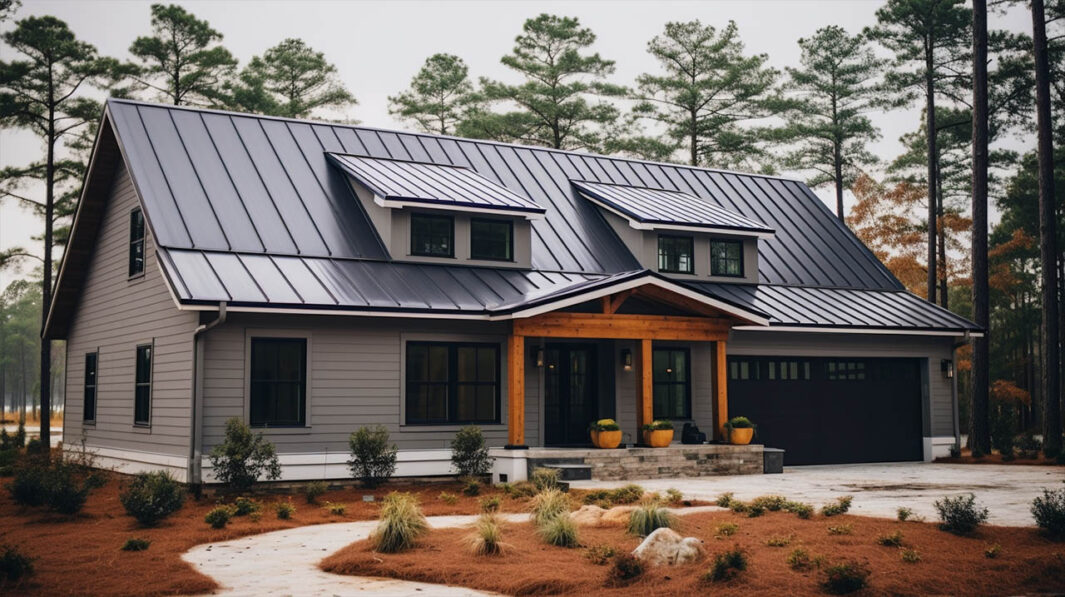Metal roofing has seen a surge in popularity among homeowners and businesses. As specialists in Roofing Albany NY, Home Evolution understands the numerous advantages of metal roofs, from durability to energy efficiency. However, a pertinent question that often arises is: should metal roofs be grounded? This article provides an in-depth analysis of the grounding’s significance and its implications.
Benefits of Metal Roofing
To comprehend the necessity for grounding, it’s essential first to recognize why metal roofs are increasingly favored.
Longevity and Durability
Roofing companies in Albany NY, including Home Evolution, often recommend metal roofs because of their impressive lifespan. Depending on the material, metal roofs can last between 40-70 years. This is a stark contrast to traditional asphalt roofing materials, which usually endure for roughly 20 years.
Energy Efficiency
Metal roofs have the innate capability to reflect solar radiant heat, leading to a reduction in cooling costs by 10-25%. It’s one of the reasons why many Albany NY roofing companies have seen an uptick in installations.
Environmental Impact
One of the green choices, metal roofs are 100% recyclable once they’ve served their purpose, preventing the environmental burden often caused by other materials ending up in landfills.
The Need for Grounding Metal Roofs
Lightning Strikes and Electrical Safety
A misconception that Home Evolution, one of the leading roofing contractors in Albany NY, frequently addresses is that metal roofs attract lightning. While metal does conduct electricity, it’s not inherently an attractor. However, if lightning strikes a metal roof, grounding ensures the electric charge harmlessly dissipates into the ground, mitigating fire risks or other potential damages.
Prevention of Electrical Feedback
Grounding acts as a protective measure against potential electrical feedback from power lines or nearby electrical installations.
Complying with Building Codes and Regulations
Adherence to local building codes and regulations often requires metal structures, including roofs, to be grounded. Proper grounding keeps homeowners compliant and shields them from possible legal ramifications.
Steps to Ground a Metal Roof
Grounding a metal roof is systematic, and it’s crucial to adopt a cautious approach.
- Install a Lightning Rod: This rod serves as the primary contact point for lightning, ideally placed at the roof’s highest point.
- Connect Copper Conductor Cables: These cables, affixed to the lightning rod, pave the way for the electric charge.
- Install Grounding Rods: Metal rods, embedded into the ground approximately 8-10 feet deep. The copper conductor cables connect to these rods, facilitating the electric charge’s safe transfer to the ground.
- Regular Inspections: Over time, connections might degrade. Periodic checks are essential to maintain the grounding system’s effectiveness.
In Conclusion
Grounding a metal roof isn’t merely a suggested precaution; it’s often a mandate. With metal roofing’s multifaceted benefits, homeowners can rest easy by taking necessary grounding measures. Always seek advice from professionals like Home Evolution to ensure your home remains safe and aligned with local regulations.

